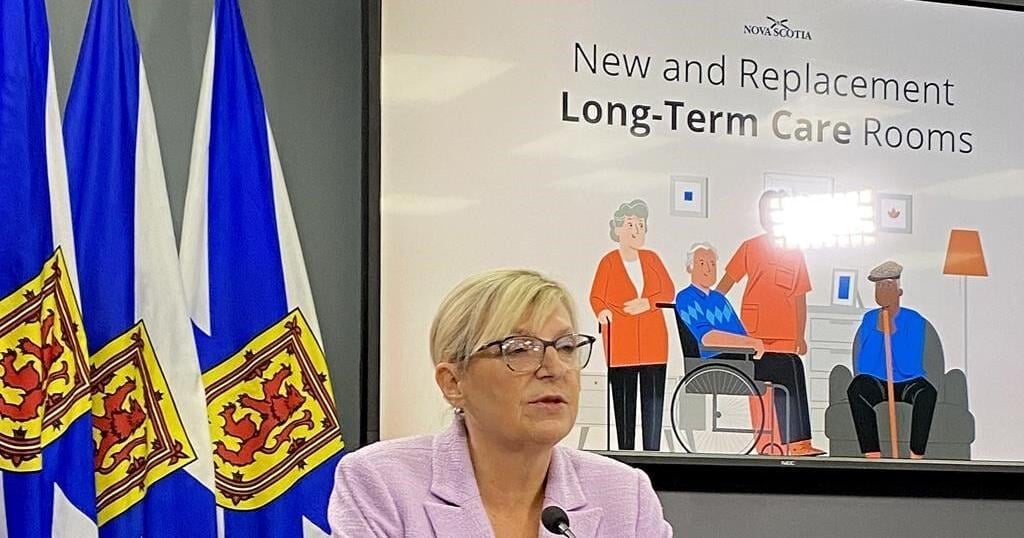LOYALIST TOWNSHIP, ONTARIO, CANADA – The plant was expected to produce batteries for a million electric vehicles a year. Once up and running, it was supposed to create hundreds of permanent jobs in a small southeastern Ontario municipality.
It was, Prime Minister Justin Trudeau said at the time, “big news” that Belgium-based Umicore chose Loyalist Township for its battery component production facility — evidence, the federal and provincial governments said, of success in the quest to make Canada a global electric-vehicle productionhotspot.
But two years later, spending on the construction of the Umicore plant has been delayed in what the company calls a “significant worsening of the EV market context.”
It’s not the only EV project facing delays, despite billions in public subsidies on offer. Trudeau’s Liberal government, which promised to end the sale of gas vehicles by 2035, is getting long in the tooth, and consumer demand is slowing amid political uncertainty.
Experts suggest these are the growing pains of an industry that needs more time to develop. But that’s not much comfort to the mayor of Loyalist Township, home to some 18,000 people near Kingston, Ont.
“It was a very concerning announcement for the entire community,” Jim Hegadorn said in an interview at the local town hall, after Umicore said in late Julyit would delay spending on the construction of its facility.
The plant was previously expected to begin production in 2026 and create around 600 jobs. Some construction work, such as pouring concrete and installing pipes, has already been done, Hegadorn said, and the company has made promises to fulfil existing construction contracts.
The mayor said he hopes Umicore factors in Canadians’ “strong desire” to shift toward EVs as it decides on the plant’s future.
“Real decisions need to be made on the prediction of(what will be needed)five years from now, 10 years and 20 years from now,” he said.
In a recent statement, Umicore said customers’ demand projections for its battery materials “have steeply declined recently,” and the future of the plant will be informed by a comprehensive review of company operations in Asia, Europe and North America.
Hegadorn called the review a “positive” step, hoping the outcome would revitalize the project in his home town.
Ottawa and the provinces have been betting big that shoring up Canadian supply chains is important to the country’s economic future.
Since October 2020, 13 companies have announced a combined investment of $46.1 billion in EV-related projects in Canada, with governments pledging to provide $52.5 billion worth of support via construction and production subsidies, and tax credits, according to an estimate by the parliamentary budget officer.
Ontario Premier Doug Ford has regularly touted his province’s plan to create an “end-to-end” EV supply chain that also prioritizes mining critical minerals crucial to battery production.
But Umicore is not the only firm to hit the brakes, even though nearly $1 billion worth of its own subsidies are on the line.
Ford Motors Co. has opted to delay its production of electric SUVs at an Oakville, Ont., assembly plant from next year to 2027. The American automaker now says it will produce 100,000 gas-powered Super Duty trucks at the plant, starting in 2026.
Spokesperson Said Deep explained that the decision means Canadian employees will return to work at the plant earlier than expected and help meet demand for the pickup trucks. He said the company is still committed to EVs.
The production of zero-emission vehicles, tied to a $1.8-billion investment at the Oakville plant, could net the company some $590 million in subsidies.
Greig Mordue, an associate professor of engineering and the chair of advanced manufacturing policy at McMaster University, said he expects the Canadian industry to start being productive, but much later than was originally advertised.
“The one good thing,” he said, is that most of the public spending is attached to production.
Many Canadian consumers aren’t yet ready to transition to electric vehicles due to concerns that include range anxiety, lack of charging infrastructure and affordability, he said.
He added that manufacturers outside China have struggled to build electric vehicles for prices people can pay.
“Consumers aren’t as interested as the most optimistic prognosticators forecast two, three, five years ago,” he said.
A study published by J.D. Power, a company tracking consumer data, reported in May that significantly fewer Canadians said they were considering buying an electric vehicle.
Only 11 per cent of just under 3,000 Canadian shoppers said they were strongly considering buying an electric vehicle, which was less than half of the 24 per cent of U.S. respondents who expressed strong interest.
More Canadians said they are very or somewhat unlikely to consider an EV for their next purchase, the study suggests. The percentage went from 53 of respondents in 2022 to 67 per cent last year and 72 per cent this year.
“We’re still selling more,” said Robert Karwel, the director of J.D. Power’s customer success and data analytics division. “The rate of growth in the curve for EVs as they penetrate the marketplace has slowed down, but it is still growing.”
But Brendan Sweeney, the managing director of the Trillium Network for Advanced Manufacturing, said there’s still a long way to go before the Canadian market can meet Ottawa’s goal of ending the sale of gas guzzlers by 2035.
“This is part of our 10-, 15- and 20-year transition that we’re, like, two years and three years into now,” he said.
In the global race for EV supremacy, he said, “doing nothing was not a very good option.” Still, Sweeney speculated that many companies are stalling their projects for political reasons.
Conservative Leader Pierre Poilievre, who is polling far ahead of Trudeau, has not specified his approach to EV subsidies. A federal election is slated to happen by October 2025.
Trudeau has dubbed the investments a “strategic decision” on a “nascent industry.”
“We are making the right bet on the future,” he said at a news conference in Napanee, Ont., this summer.
Loyalist resident Scotty Schembri said he needs that gamble to start paying off soon.
He said his father, an electrician, works about a seven-hour drive away in Windsor, Ont., and is only able to visit his family once every two weeks. Those jobs at Umicore could bring his dad home, Schembri said, but he is not holding his breath.
“I feel like most (of the) time they delay it,” he said of the promise that an electric-vehicle boom could bring more jobs to the community. “It is a lot longer than what they say.”
This report by The Canadian Press was first published Sept. 13, 2024.

























